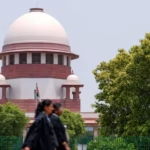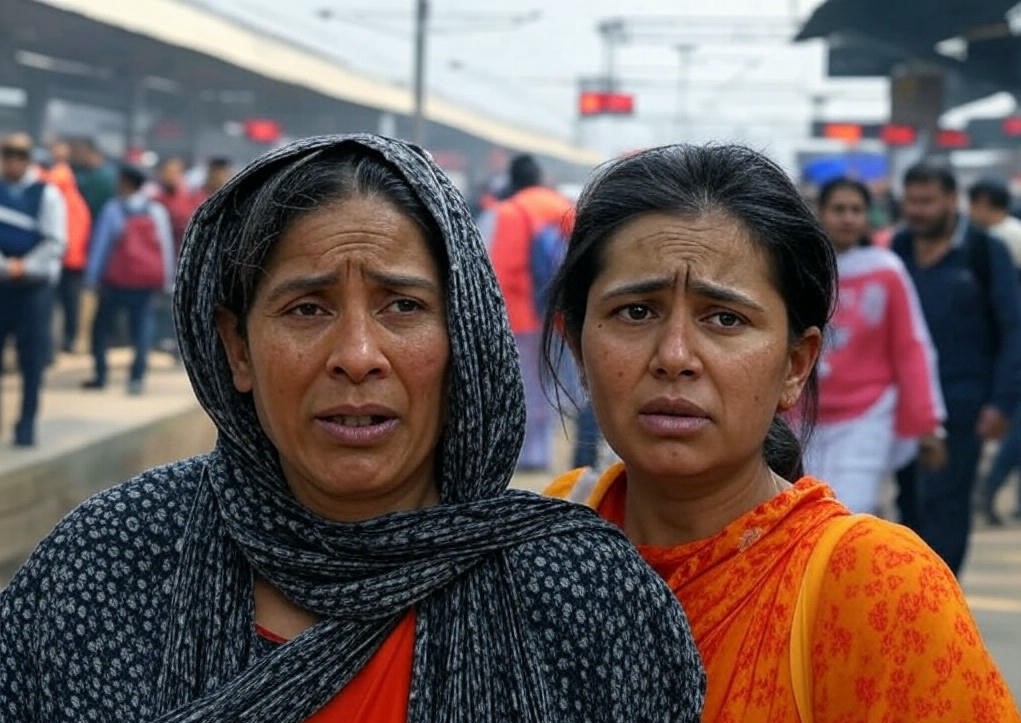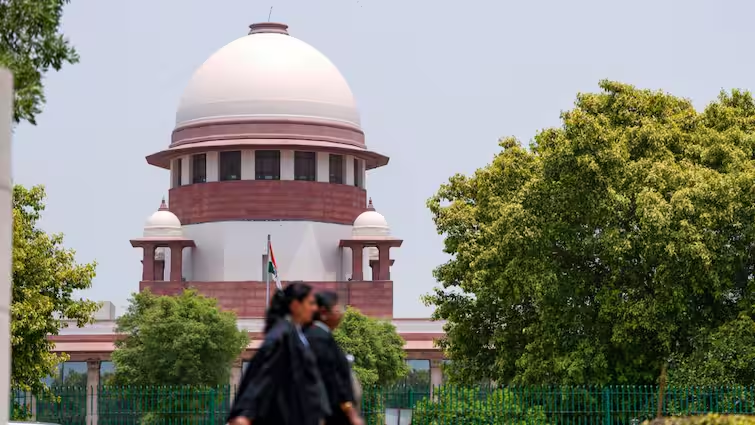On a tragic Saturday night, New Delhi Railway Station became the scene of a devastating stampede that claimed the lives of 18 individuals, including 14 women, as they attempted to board trains heading to the Maha Kumbh in Prayagraj. This incident, which unfolded around platforms 14 and 15, underscores the dire need for improved crowd management and safety measures at one of India’s busiest railway stations.
The stampede was sparked by an overwhelming rush of pilgrims eager to reach the holy city for the grand religious gathering, leading to chaos as the crowd surged forward in response to announcements of special trains. The pressure of the throng caused a catastrophic crush, with many people being trampled or unable to breathe in the dense crowd.
Immediate aftermath saw emergency services scrambling to provide aid. The injured were rushed to nearby hospitals like LNJP Hospital, where medical staff worked under intense pressure to save lives. The death toll, initially reported lower, unfortunately rose to 18, painting a grim picture of the event’s severity.
The response from authorities was swift, involving multiple agencies including the Delhi Police, the Railway Protection Force (RPF), and the National Disaster Response Force (NDRF). These teams were instrumental in managing the situation, ensuring that the injured received prompt medical attention, and that the overcrowding was addressed to prevent further incidents.
Government officials, including the Union Railway Minister Ashwini Vaishnaw, have acknowledged the tragedy, expressing condolences and ensuring that an exhaustive investigation would be conducted to understand the lapses leading to this disaster. A high-level inquiry has been initiated to delve into the causes and prevent future occurrences. Prime Minister Narendra Modi and other political figures have publicly mourned the loss, offering prayers for the departed and the injured, highlighting the national impact of the tragedy.
Public reaction has been one of shock and anger, with social media platforms and news outlets filled with debates about safety standards at public venues, especially during large-scale events. The incident has also fueled discussions on the preparedness of infrastructure to handle such crowds, particularly in a country where religious festivals attract millions. Critics argue that this stampede could have been avoided with better planning, crowd control measures, and perhaps limiting the number of passengers per train or improving the frequency of services during peak times.
The aftermath of the stampede at New Delhi Railway Station has led to an immediate response in terms of deploying more special trains to manage the crowd and clear the station area, alongside a broader reflection on railway management policies. There’s a push for more robust safety protocols, better crowd management strategies, and perhaps a reevaluation of how religious events are coordinated with public transport systems.
This tragedy serves as a stark reminder of the challenges faced by India’s infrastructure when dealing with large gatherings. It has prompted calls for accountability, with political leaders like Congress President Mallikarjun Kharge demanding transparency in the investigation and ensuring that such an incident does not repeat. As the nation mourns, there’s a collective hope that this will lead to systemic changes in crowd safety, ensuring that the sanctity of life is never again compromised under the wheels of progress or in the rush towards spiritual fulfillment.

















